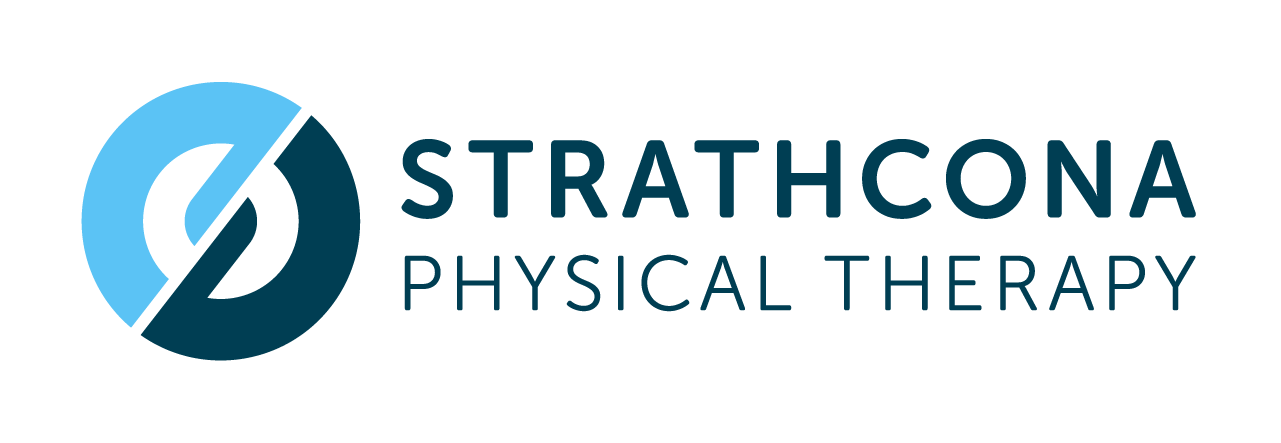
Combining Physiotherapy and Shockwave Therapy for Achilles Tendinopathy
Achilles tendinopathy is a common overuse injury, especially in athletes. Combining physiotherapy with shockwave therapy offers a comprehensive approach to treatment, promoting tendon healing and reducing pain. Supported by clinical research, this combination helps patients recover faster and return to daily activities or sports with improved tendon function.

Postpartum Recovery: The Role of Pelvic Floor Physiotherapy in Healing After Childbirth
Postpartum recovery is crucial for new mothers, and pelvic floor physiotherapy plays a vital role in this process. Explore how targeted physiotherapy can help address common postpartum issues like urinary incontinence and pelvic organ prolapse. Learn effective exercises, breathing techniques, and practical tips to support your recovery and regain strength and function after childbirth.

Effective Strategies for Managing Morton's Neuroma: How Combining Shockwave Therapy and Physiotherapy Can Help
Struggling with Morton's neuroma? Combining shockwave therapy with physiotherapy can provide a powerful, multi-faceted approach to alleviate pain and enhance foot function. Shockwave therapy offers immediate pain relief and promotes healing, while physiotherapy addresses underlying causes and prevents recurrence. Explore how these treatments work together and the latest research supporting their effectiveness.

Understanding Tennis Elbow and How Shockwave Treatment Can Help
Tennis elbow, a common condition causing pain and tenderness around the elbow, can be effectively treated with shockwave therapy. This non-invasive treatment promotes healing, reduces inflammation, and provides significant pain relief. Explore how shockwave therapy works and why it might be the ideal solution for managing tennis elbow.

Cognitive Functional Therapy for Chronic Pain: Combining Psychotherapy and Physiotherapy
Cognitive Functional Therapy (CFT) offers a comprehensive solution for chronic pain by integrating psychotherapy and physiotherapy. This approach addresses both the physical and psychological aspects of pain, providing significant improvements in pain management and functionality. Explore the key components, benefits, and scientific evidence supporting CFT for a well-rounded understanding of this innovative treatment.

How Shockwave Therapy Can Help with Plantar Fasciitis Pain
Struggling with plantar fasciitis pain? Shockwave therapy might be your solution. This non-invasive treatment promotes healing, reduces pain, and helps you regain mobility without surgery. Learn how it works and why it's a top choice for effective relief

Understanding Botox: Uses, Precautions, and Efficacy in Musculoskeletal Pain Relief
Explore the extensive use of Botox beyond cosmetic applications, focusing on its role in musculoskeletal pain relief. This guide covers its uses, benefits, precautions, treated conditions, and insights from high-quality studies, making it a valuable resource for those considering Botox treatment for pain management.

Understanding the Anterior Temporalis Muscle: Function, Pain, and Physiotherapy Intervention
The anterior temporalis muscle plays a crucial role in jaw function and is often a hidden source of pain and discomfort. This blog explores its functions, referred pain patterns, and how physiotherapy, including dry needling and IMS, can provide relief.

Discover the Benefits of Shockwave Therapy: Coming to Our Clinic in July!
Discover the benefits of shockwave therapy, an innovative treatment for conditions like plantar fasciitis, tennis elbow, and Achilles tendinopathy. Starting in July, our clinic will offer shockwave therapy to help you achieve optimal health and recovery. Stay tuned for more details!

Understanding and Overcoming Fear Avoidance Beliefs in Persistent Pain Conditions
Fear avoidance beliefs significantly influence how individuals experience and manage persistent pain. This blog post delves into the development of these beliefs, their impact on pain, and various treatment options to help individuals overcome fear avoidance and improve their quality of life. Discover how education, therapy, and tailored exercise programs can make a difference.

Understanding the Rectus Femoris Muscle: Anatomy, Function, and Importance for Walking Endurance
The rectus femoris muscle, part of the quadriceps group, plays a crucial role in knee extension and hip flexion. This blog post explores its anatomy, function, and importance for walking endurance and stability.

Understanding and Managing Pain Catastrophizing: A Key to Overcoming Persistent Pain
Living with persistent pain involves more than just physical discomfort; the psychological aspect, particularly pain catastrophizing, plays a crucial role in pain perception. Learn how Cognitive-Behavioral Therapy (CBT), Acceptance and Commitment Therapy (ACT), and Emotion-Focused Therapy (EFT) can help manage this mental habit and lead to better pain management and overall well-being.

Understanding the Global Impact of Chronic Pain
Chronic pain affects over 1.5 billion people globally, making it a significant public health issue. This blog post delves into the prevalence of chronic pain, its contribution to disability, and the substantial economic burden it imposes on healthcare systems and societies. Discover the regional variations in chronic pain prevalence and the importance of effective management strategies to alleviate its impact on individuals and communities worldwide.

Difficulties associated with Chronic Pain
Unravel the complex interplay between chronic pain and psychological health in this blog post. Delve into the profound effects of long-term fatigue, strain on relationships, cognitive limitations, and memory challenges endured by individuals grappling with chronic pain. Gain insights supported by compelling research findings and discover the multifaceted nature of this often-overlooked aspect of chronic pain management.

Understanding the Complexities of Chronic Pain: Exploring Key Terminology
Dive into our comprehensive blog post dissecting the intricate terminology associated with chronic pain. Gain a deeper understanding of Mind-Body Syndrome, Central Sensitization, and more as we unravel the complexities of chronic pain management.

Understanding High Ankle Sprains: Causes, Diagnosis, Treatment, and Rehabilitation
High ankle sprains are serious injuries that can sideline athletes for weeks or even months. Understand the symptoms, diagnosis, and treatments, and discover how physiotherapy can aid in a faster, safer return to your sport.

Understanding Dry Needling and Its Effects on Muscle Guarding and Mobility Restrictions in the Jaw
Discover the benefits of dry needling in treating jaw pain and mobility issues. This blog delves into the process of Intramuscular Stimulation (IMS) for alleviating muscle guarding and improving jaw function, backed by the latest research and evidence.

The Crucial Role of the Serratus Anterior in Shoulder Stability and Posture: Understanding the Force Couple
The serratus anterior, a key player in shoulder mechanics, not only stabilizes the scapula but also ensures smooth movement and posture. Understanding its role in the force couple mechanism offers insights into preventing shoulder injuries and maintaining optimal shoulder function. Discover the latest exercises and research findings to strengthen this vital muscle and improve your shoulder health.

Diversity in Training and Why It Matters: Five Good Reasons
Embracing diversity in your exercise routine is more than just a way to keep things interesting. It's a strategy for comprehensive physical and mental health benefits. From enhancing overall fitness to reducing injury risks and improving mental wellness, a varied workout regimen is essential for anyone looking to achieve peak physical condition and mental clarity. Find out how different forms of exercise can complement each other, leading to a more enjoyable and effective fitness journey.

Alleviating Hip Pain: Understanding and Managing Hip Impingement Syndromes through Evidence-Based Physiotherapy
Discover how physiotherapy plays a crucial role in alleviating pain and enhancing mobility in individuals suffering from hip impingement syndromes. This comprehensive guide delves into the types, symptoms, and evidence-based physiotherapy interventions tailored to combat the discomfort and limitations caused by femoroacetabular impingement (FAI).
